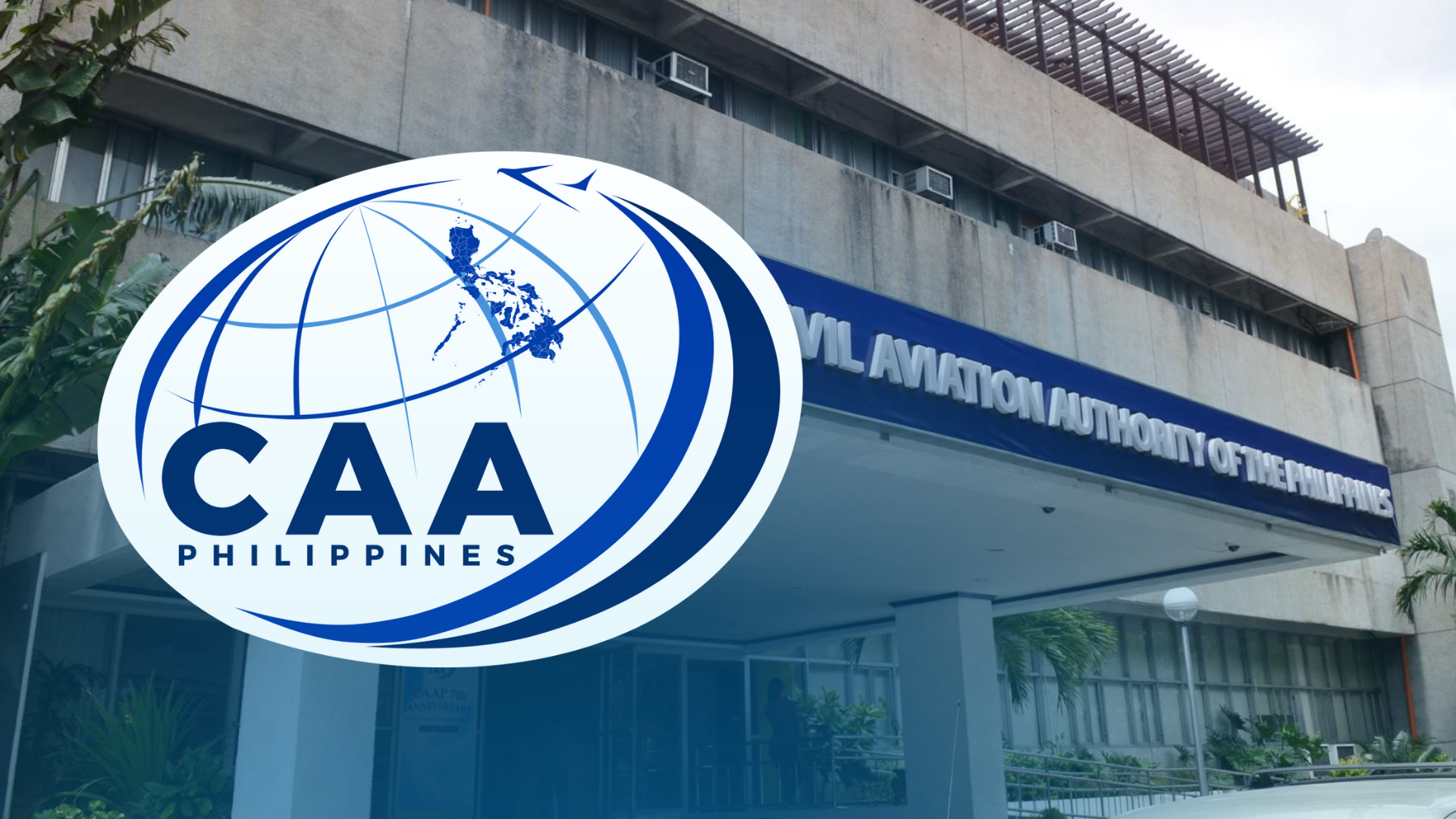CAAP completes air traffic management system upgrade

The Civil Aviation Authority of the Philippines (CAAP) completes the integration of its new communications, navigation, surveillance/air traffic management system (CNS/ATM), which is aimed at making flight operations more efficient, on Monday, September 30, 2024. CAAP logo. INQUIRER FILES
The Civil Aviation Authority of the Philippines (CAAP) completed on Monday the integration of its new communications, navigation, surveillance/air traffic management system (CNS/ATM), which is aimed at making flight operations more efficient.
The $1.5-million air traffic management system upgrade began at 12:31 a.m. on Sept. 30 and was completed by 2:47 a.m. Airport operations resumed to normal by 3:01 a.m.
The regulator said in a statement on Monday, said no operational disruptions or flight diversions were observed during the installation.
“All departures and arrivals nationwide were efficiently managed, ensuring that flights reached their destinations safely and on time,” CAAP assured.
Prior to the system upgrade, the government agency issued a notice to airmen on Sept. 28 to inform airlines about the software integration.
READ: Naia radar hit by ‘potential’ software issue; flights delayed
The integration of the new CNS/ATM is in line with CAAP’s goal of modernizing the country’s air traffic management system.
“These advancements will result in more efficient air traffic operations, reduced delays, and an overall smoother experience for both airlines and passengers,” CAAP said earlier.
The system upgrade came over a year after a power outage hit CAAP’s air navigation facilities.
The January 1, 2023 disruption affected hundreds of flights and thousands of passengers. Airlines carried out several recovery flights to normalize the operations following the outage.
READ: Naia power outage, tech glitch shut PH airspace
Previously, the government admitted the system that failed was already “outdated,” raising the need to establish a backup system to ensure that such a technical glitch would not happen again.
The system used to direct air traffic is composed of 13 radars strategically located across the country – at the Ninoy Aquino International Airport (2), Clark, Tagaytay, Aparri, Laoag, Cebu-Mt. Majic, Quezon-Palawan, Zamboanga, Mactan, Bacolod, Kalibo, and Davao.
CAAP’s P10.8-billion CNS/ATM system, which was funded by the Japan International Cooperation Agency, was completed in October 2017. It was inaugurated in 2018 and began operating on July 26, 2019.
Prior to this, the Manila International Airport Authority said they already placed a new equipment to prevent a power outage that could cause an air space shut off.